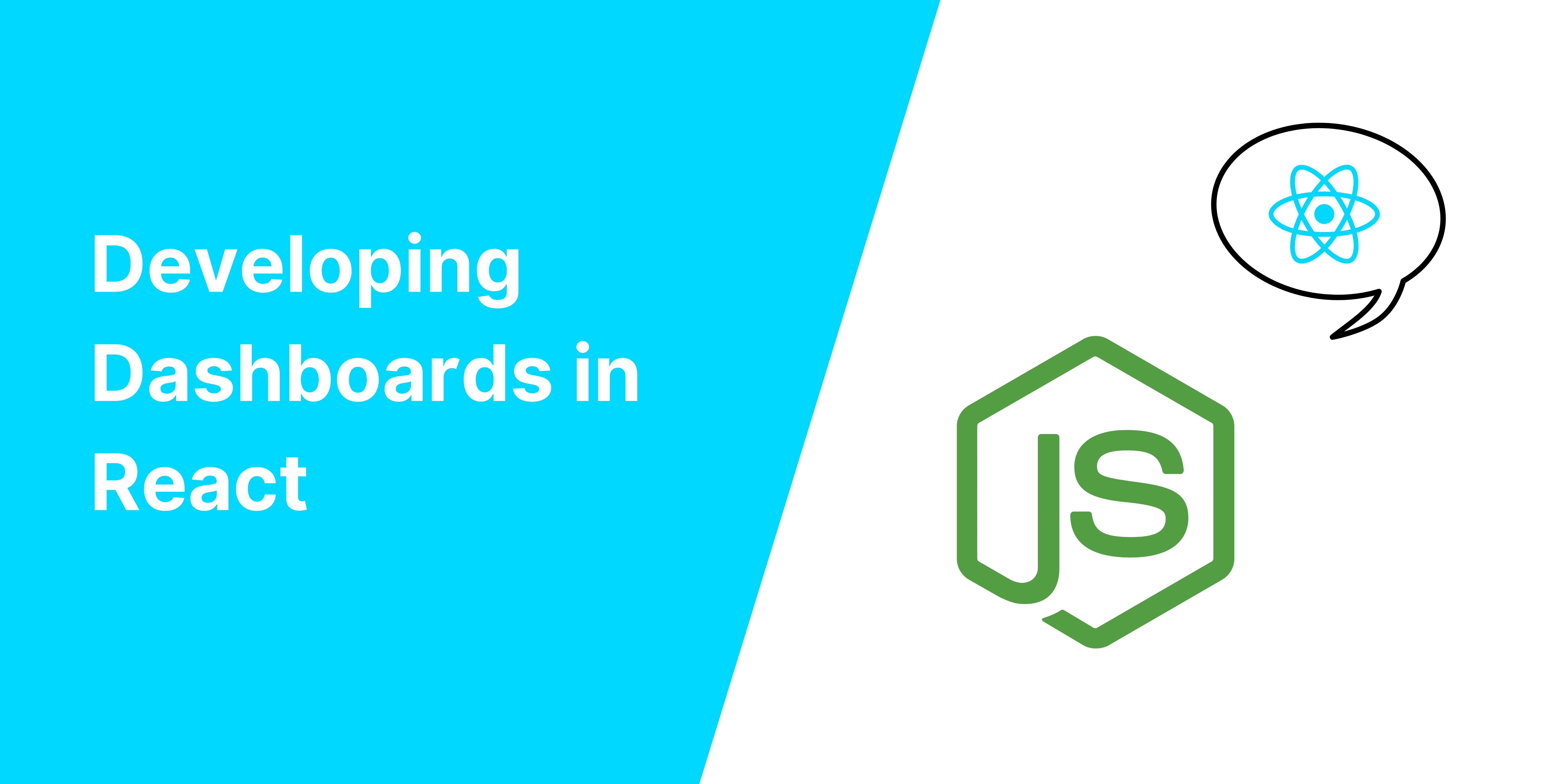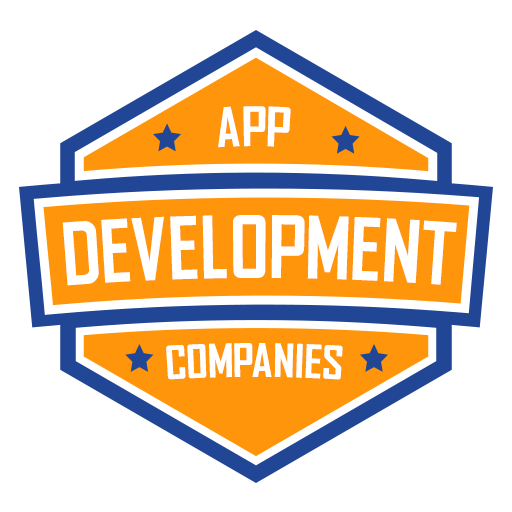Authentication is integrated and the structure is responsive. This educational will duvet the right way to create a dashboard in 3 simple steps. Then, we will be able to attach it to an SQL database with MAMP so you might have some native knowledge.
Desk of content material
Targets
After studying this text the reader will be capable to:
- Set up and configure React Dashboard.
- Arrange a React Database desk and dashboard.
- Attach the database server to the appliance.
Necessities
To practice via this educational, you are going to want:
- Wisdom of basics of React.
- Fundamental wisdom of the MAMP Server.
Let’s get to it!
Step 1: Putting in the React Dashboard challenge
First of all, let’s clone the React Dashboard repository and make a selection a reputation for our new challenge. This will probably be carried out the usage of the next command:
git clone -o React Dashboard -b grasp --single-branch https://github.com/flatlogic/React Dashboard.git <app-name>
As soon as the challenge is cloned on our native system, we will be able to continue with putting in the desired dependencies.
cd <app-name>
yarn set up
On the time of writing, React Dashboard runs into a subject while you run yarn set up and there’s a GitHub factor logged. Here’s a snippet of the mistake:
error /Customers/..../node_modules/sqlite3: Command failed.
Go out code: 1
Command: node-pre-gyp set up --fallback-to-build
In case you run yarn upload sqlite3 one by one after which re-run yarn set up, issues will have to paintings tremendous.
Afterwards, run yarn dev. This may release the backend and frontend servers, which will probably be out there on ports 5000 and 3000, respectively. In case you navigate to http://localhost:3000/, you will have to see the dashboard:
This challenge additionally comes with GraphQL. As soon as the app is introduced, the playground is out there at http://localhost:5000/graphql. In case you are unfamiliar with this era, don’t hesitate to learn the GraphQL documentation and learn to create queries and mutations.
Step 2: Developing the dashboard and desk
We have now a really perfect dashboard, however at the present time, it’s running with hard-coded values. To make it extra treasured, let’s attach our new utility to an area database.
You’ll make a selection any database, however for the sake of this educational, we will be able to attach a MySQL database.
To create one, we will be able to use MAMP, which permits us to get Apache, Nginx, PHP, and MySQL out of the field.
In case you do not need MAMP, you’ll obtain it right here. After putting in, get started the appliance and click on Webstart.
The Webstart tab opens the MAMP index web page at http://localhost:8888/MAMP.
In this web page, you are going to see quite a lot of data, however what we care about is below MySQL. As soon as opened, click on on phpMyAdmin. This may open every other tab, this one to http://localhost:8888/phpMyAdmin/index.php, the place you are going to see the interface of phpMyAdmin.
Because of this, we will see, create, and paintings with our long term MySQL databases. We will create a database by means of clicking on Databases. Then, input the call of our new database and click on Create.
We would possibly then create our first desk. For our educational, call it posts and make a choice 5 columns, as we will be able to have 5 fields. When we click on Cross, we will upload new fields.
Our fields will have to be as such:
- ID of kind varchar; duration 255 is our number one key
- name of kind VARCHAR; duration 255
- content material of kind TEXT
- createdAt of kind DATE
- updatedAt of kind DATE
Under is a screenshot of our desk with our new fields:
After including the entire required data, click on on Save.
Step 3: Linking the native database on your utility
This challenge makes use of Sequelize, a Node.js ORM that permits you to connect with SQL databases. In our knowledge folder within src, we discover a sequelize.js report the place we will be able to attach our database.
We can attach the database with Javascript, as proven under:
import Sequelize from "sequelize";
// Configure the relationship on your native database along with your DB call, username, password and the port on which your DB runs.
const sequelize = new Sequelize("take a look at", "root", "root", {
host: "localhost",
port: 8889,
dialect: "mysql",
operatorsAliases: false,
});
export default sequelize;
Then, in the similar folder, open the schema.js report and uncomment the mutation for put up advent. This may let us create new posts in our database from our frontend.
Observe: As soon as once more, in case you are unfamiliar with the idea that of mutation, take a look at GraphQL’s documentation.
import {
GraphQLSchema as Schema,
GraphQLObjectType as ObjectType,
} from "graphql";
import me from "./queries/me";
import information from "./queries/information";
import posts from "./queries/posts";
import addPost from "./mutations/posts";
const schemaConfig = {
question: new ObjectType({
call: "Question",
fields: {
me,
information,
posts,
},
}),
};
// If you wish to allow mutation, uncomment the code under
schemaConfig.mutation = new ObjectType({
call: "Mutation",
fields: {
addPost,
},
});
const schema = new Schema(schemaConfig);
export default schema;
Step 4: Trying out the appliance
Kill the server with Cmd+C and get started it once more. If the whole lot labored, we will have to be capable to create new posts.
In our dashboard, we will be able to click on on View all Posts, then Create New. Once we enter a name and content material, we will be able to click on Save. After we return to the dashboard web page, our new put up will seem within the desk.
If you want to develop your next React-based project for your business then hire the best React js app development company like The React Company who is ready to help you!
Satisfied coding!



